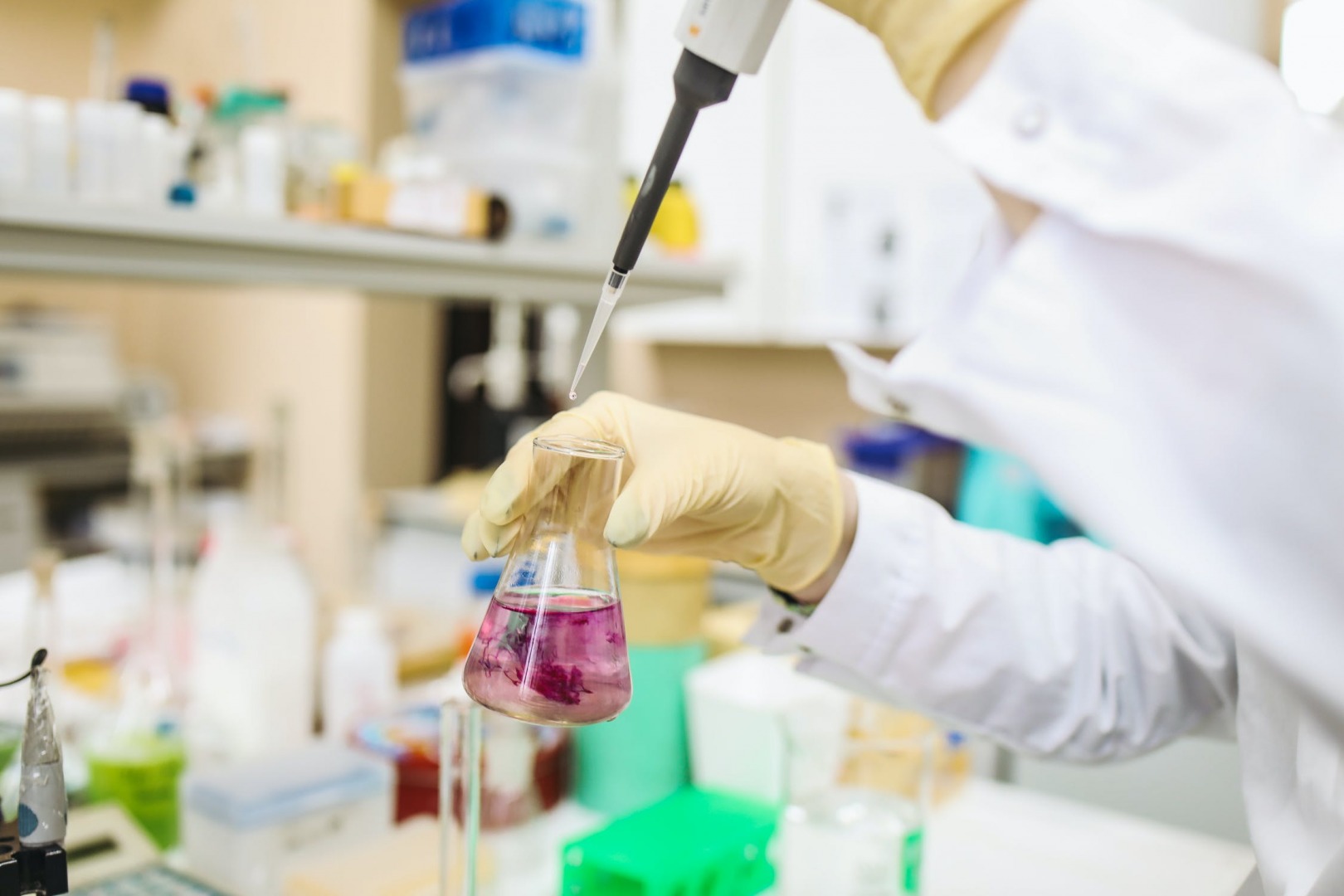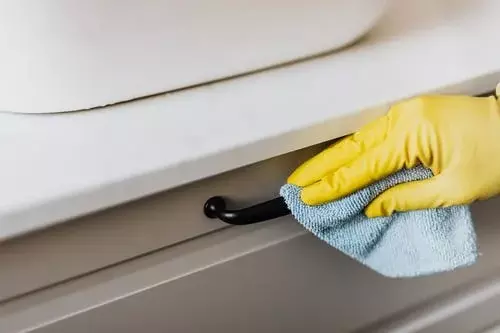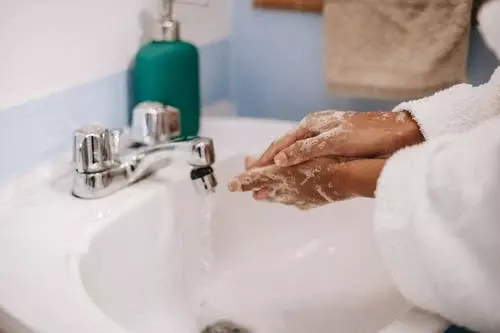Comments
- No comments found

During the pandemic, there are many safety guidelines that we need to follow in order to protect ourselves from getting infected with COVID.
The rules of social distancing and personal hygiene from hand washing protocols to wearing face masks have been enforced all over the world. The situation is even more strict in healthcare facilities, where doctors and nurses deal with patients every day. Pandemic or not, any healthcare business owner should follow strict hygienic and safety guidelines. Here’s how healthcare business owners should disinfect their workplace.

The first step is to take care of personal hygiene. When you are aware of where your hands were and disinfect them regularly, you will be mindful of other surfaces that need to be disinfected. There are certain rules to bear in mind. Wash your hands regularly with soap and water for at least 20 seconds. Repeat this procedure before and after meals and especially after using the restroom. Keep a 70% alcohol sanitizer in your pockets at all times in case soap and water are not accessible.
Resist the urge to touch your face, and if you must, sanitize your hands first and use clean tissue paper on your eyes, nose, or mouth. Your personal items must be sterilized regularly including your wallet, phone, and keys, and other frequently used objects. Disinfect all the surfaces in your office that are touched often like doorknobs, desks, and computers. Always keep rooms ventilated as much as possible by opening the windows to allow fresh air to enter. If you feel sick, you should isolate yourself immediately and get tested for COVID.
There are five situations where you would need to disinfect your hands when dealing with a patient. The first is before you touch the patient. Disinfect your hand using a 70% hand sanitizer that should be attached to every bed, office, and hallway in your facility. This is done to protect the patient from any germs that can be transmitted by the healthcare worker. The second is before you perform any type of procedure on a patient. This may include inserting a needle or medical tubing, administering medicine in mucous membranes, like eye drops or suppositories, treating wounds and burns, and performing other invasive procedures. The third is after any procedure to protect yourself and other healthcare workers from possible infections.
The fourth is after touching a patient, whether with a normal handshake or checking for vitals or any other noninvasive exam. The fifth is after touching the objects and items surrounding the patient. This is because the patient usually touches surfaces within their surroundings and does not necessarily disinfect their hands after each object they come in contact with. These objects include the patient’s bed, bedside chart, bedside table or locker, light switch, remote control, chair, or any other item in the room.
Any areas that most people use in the healthcare facility like the cafeteria or dining room area, meeting rooms, or reception desk should be cleaned regularly. To prevent the aerial dissemination of C-Diff spores, every surface that is frequently touched should be disinfected several times a day. Consulting offices should be cleaned and disinfected after every patient leaves and before a new one enters. Any surface that may come in contact with respiratory droplets must be disinfected routinely. High-intensity rooms like the intensive care unit and outpatient areas should be disinfected more often than other less used areas.
After cleaning any surface, it should be further disinfected to remove any pathogens that were left after cleaning. A disinfectant solution is composed of bleach and water. Follow the instructions on the bleach container carefully. Avoid adding any other chemicals or cleaners to the bleach solution because it will result in harmful vapors. Make sure to wear protective gear when using this solution like gloves, face mask, and face shield or goggles to protect your eyes from potential splashes. Set the air-conditioning system to allow fresh air inside and open the windows whenever you can for proper ventilation.

When a patient leaves your facility, their room must be cleaned thoroughly and disinfected. Any medical equipment used on the patient must be disposed of properly. The patient’s sheets or disposable screens and curtains must be thrown away. The bed, table, chairs, windows, and every surface should be disinfected to make the room ready for the next patient. These procedures must be strictly followed to try and minimize the chance of infection as much as possible in healthcare facilities.
Leave your comments
Post comment as a guest